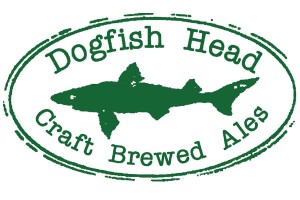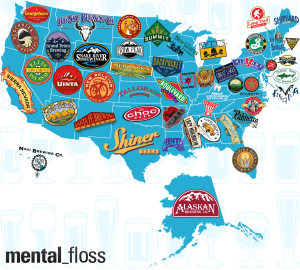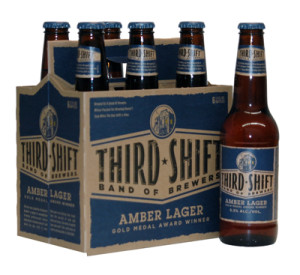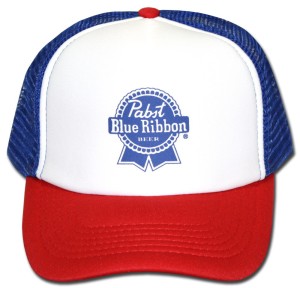The elusive definition of craft beer is not exactly the meaning of life, but you’d think it was given all the attention it gets in craft beer forums (definition: an online symposium of slightly to highly intoxicated enthusiasts of commodified tastes). Guys with chat names like DuffMan23 and BeerPirateRockstar argue about yearly barrel output and shareholder standings.
Your basic Wikipedia definition of craft beer is that it’s created in small batches, which finally solves the mystery of what microbrew means. There is no USDA of craft brewing, and hence the definition remains in the hands of the defined. Realistically, anyone could slap craft on their label without legal repercussions, although the legions of drunk, self-righteous craft beer drinkers might give one pause before doing so. The Brewers Association (BA), a brewers’ trade organization, has a more in-depth definition, stating that craft breweries must be small, independent, and traditional.
 By small, they mean producing six million barrels or less per year which, at 252 pints per barrel, comes to 1.512 billion servings. This is, like, a river of beer that makes my weekly consumption seem way more reasonable. It may be nothing to the big guys, but that’s a lot of beer! Sam Adams, who is frequently under fire for being “too big” to be craft, makes just 2.5 million barrels a year. Dogfish Head makes 175,000 barrels a year, which to me seems a more accurate limit, if we’re drawing arbitrary lines.
By small, they mean producing six million barrels or less per year which, at 252 pints per barrel, comes to 1.512 billion servings. This is, like, a river of beer that makes my weekly consumption seem way more reasonable. It may be nothing to the big guys, but that’s a lot of beer! Sam Adams, who is frequently under fire for being “too big” to be craft, makes just 2.5 million barrels a year. Dogfish Head makes 175,000 barrels a year, which to me seems a more accurate limit, if we’re drawing arbitrary lines.
The independent part means that less than a quarter of the brewery is owned by non-craft beer alcoholic beverage industries. In this respect, beers like Shock Top, which is owned by Anheuser-Busch, and Leinenkugel, which is a subsidiary of SABMiller, or Third Shift, which is Coors, would not qualify as craft. There are a number of “craft” beers like Third Shift that have crafty-looking labels you can sniff out after spending a certain number of years as a craft beer drinker. Much like being able to distinguish a hipster from an actual long-haul driver, it’s something you just know.
The BA defines traditional brewery as one that has “a majority of its total beverage alcohol volume in beers whose flavor derives from traditional or innovative brewing ingredients and their fermentation.” They go on to say that flavored malt beverages are not considered beer. Any college sophomore who’s given themselves a stomach ache drinking three Mike’s Hard Lemonades in a row could tell you that (ahem). However, they do not define what “traditional” brewing ingredients are. Until a year ago, the BA barred any brewery that did not use barley malt; that is, used rice or corn in its stead. When they changed that rule, breweries like Yuengling and Narragansett qualified as “craft.”
Go ahead and call me a snob, but those beers are not craft. I learned some of this from a Huff Post article, though, titled, “Sorry Hipsters: These Mainstream Beers Will Soon Be ‘Craft’ Too,” so take it with a grain of Himalayan cooking salt. What kind of trendy news aggregate are they if they think hipsters drink craft and not PBR?! …I am not a hipster!
While this change of heart on the BA’s part grates on me, I do appreciate the sentiment they express that innovation is the “hallmark” of craft beer. Mainstream beer is to be admired for its remarkable consistency; it ain’t easy to pump out millions upon millions of barrels of beer that all taste like the same kind of yuck. It’s the creativity and imagination of craft brewers that truly sets them apart. Just as it is the curiosity and adventurousness of craft brew drinkers that set us apart.



